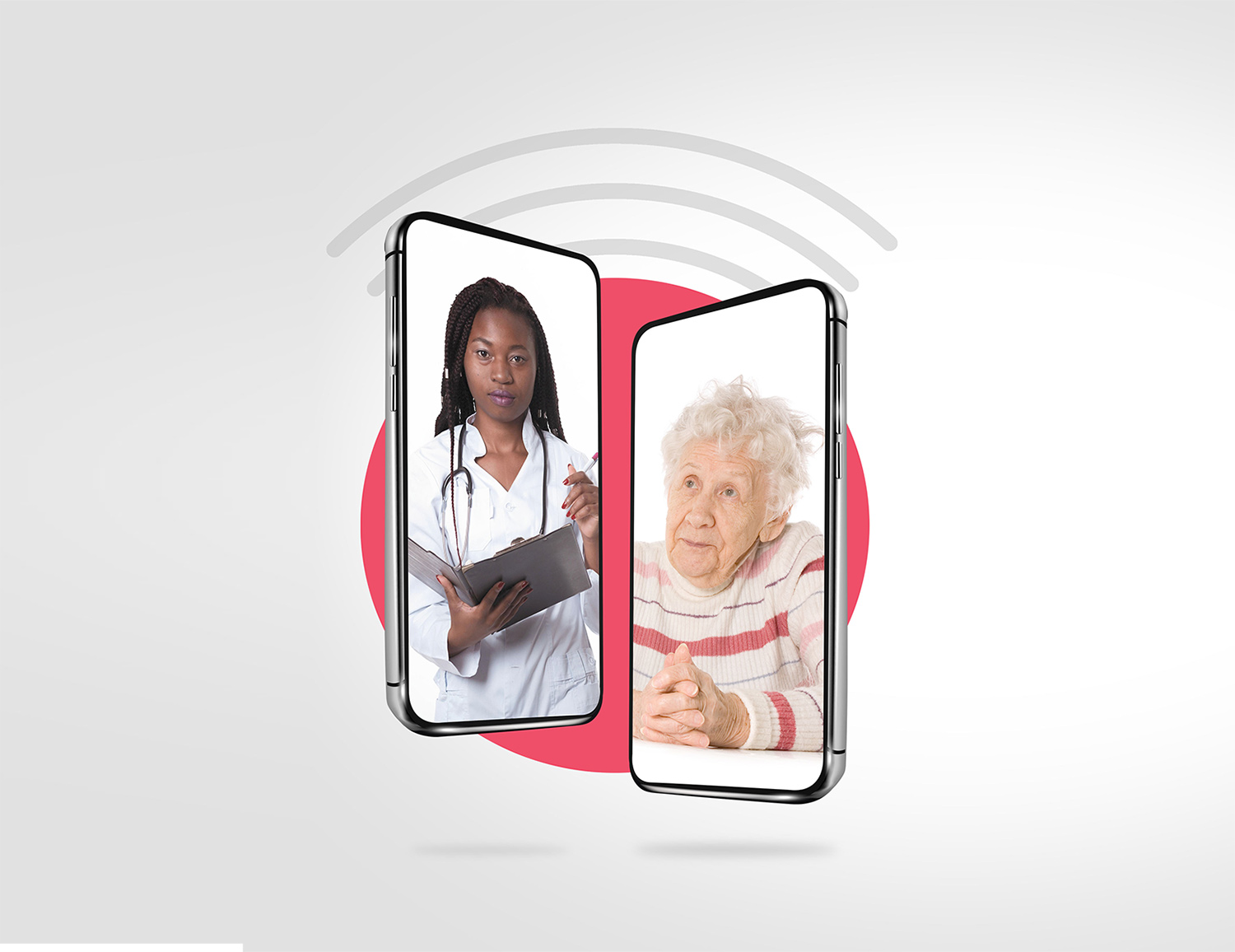Cancer Care’s Virtual Revolution
AT SUNRISE ON MARCH 4, 2020, the same day the first COVID-19 case was confirmed in Houston and one week before the World Health Organization declared the global spread of the disease a pandemic, Callie Piper went to the University of Texas MD Anderson Cancer Center to begin a long day of appointments and tests.
Piper is a 42-year-old corporate event planner who splits her time between Houston, where she works and has two high school-aged children, and Austin, Texas, the home of her boyfriend, Michael Gillespie. In August 2019, stomach pains sent her to a primary care physician, who referred her to a gastroenterologist. The gastroenterologist found suspicious spots on a CT scan and referred Piper to a rheumatologist. Finally, after months of inconclusive tests, Piper received confirmation from a thoracic surgeon on Valentine’s Day 2020 that she had Hodgkin lymphoma, a cancer that begins in immune cells called lymphocytes and is diagnosed in about 8,800 people annually in the U.S. When diagnosed and treated early, the five-year relative survival rate for the disease is about 90%.
Piper’s oncologist at MD Anderson diagnosed stage II disease during the March visit and recommended chemotherapy for treatment. Her friends and family rallied around her, hammering out a schedule to fly to Houston and be with her during infusions and recovery.
“The world had not gone totally mad yet,” Piper says, but it was right on the edge.
